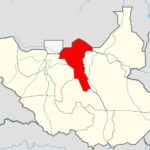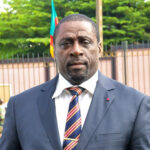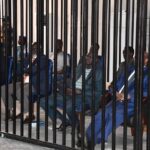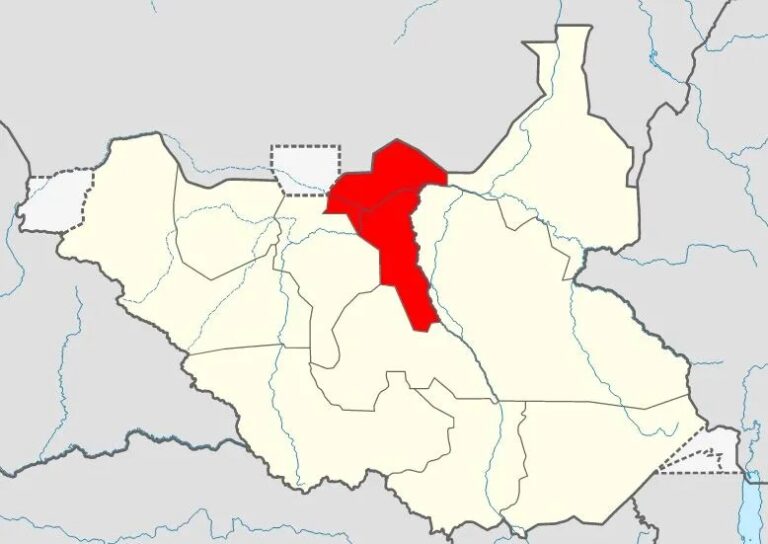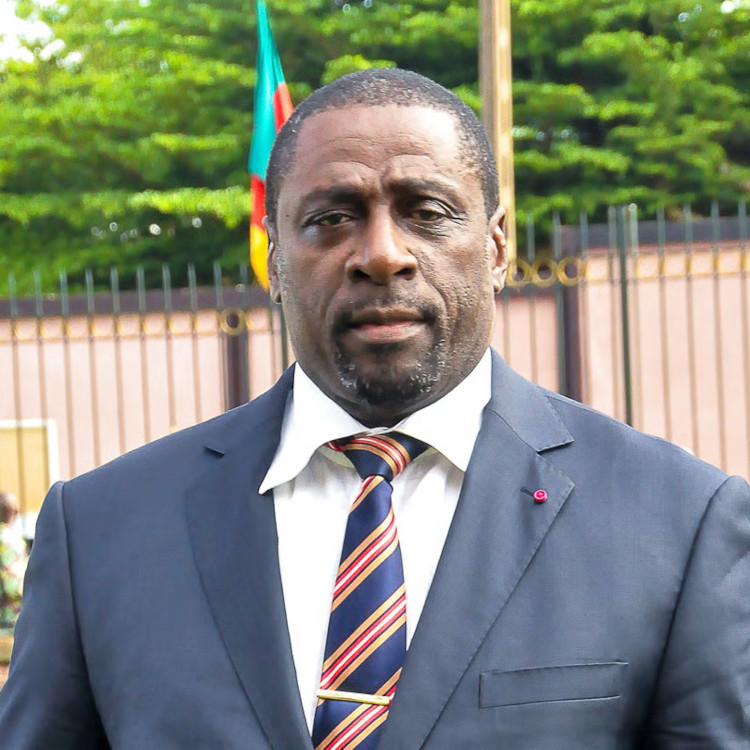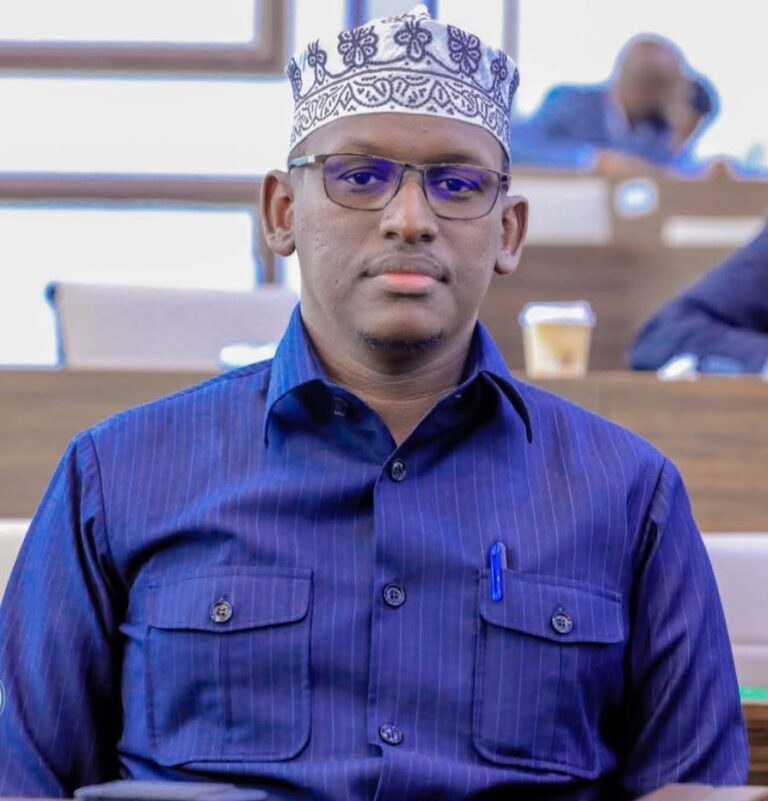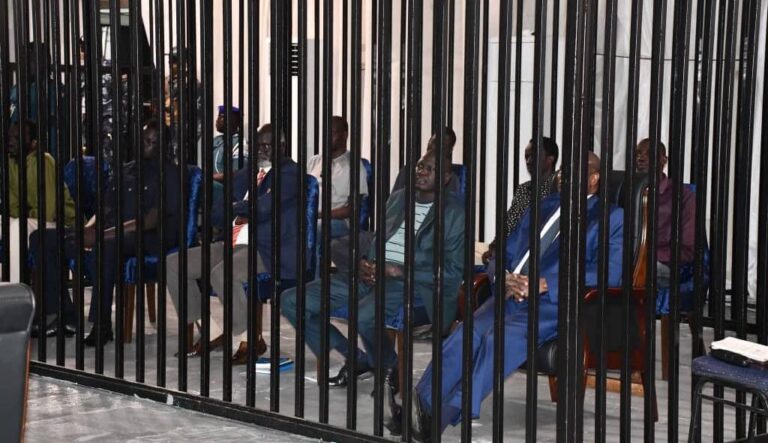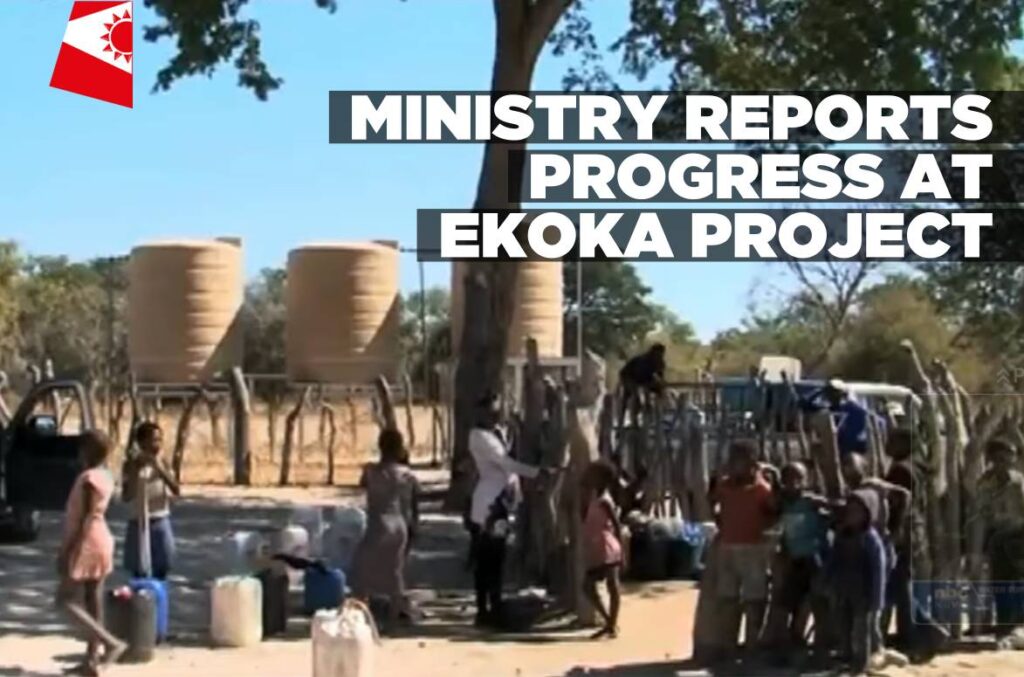
Staff Reporter
THE Ministry of Agriculture, Fisheries, Water and Land Reform (MAFWLR) is making steady progress with the development of its 140-hectare irrigation project at Ekoka village, east of Okongo in the Ohangwena Region. As of 1 November, the first borehole had reached a depth of approximately 180 metres, successfully intersecting the Ohangwena-I aquifer at 151 metres — a key milestone in securing the project’s water supply.
The initiative aligns with President Netumbo Nandi-Ndaitwah’s call for Namibia to boost agricultural production and strengthen food self-sufficiency.
During a site visit, the ministry’s Executive Director, Ndiyakupi Nghituwamata, reaffirmed the government’s commitment to transforming underutilised land into productive agricultural hubs that create jobs and improve local livelihoods.
Ensuring a reliable water supply has been identified as a key priority for the project’s success and long-term sustainability. A geophysical investigation was carried out in August to locate suitable drilling sites capable of providing good-quality groundwater, considered the most feasible and cost-effective option for the scheme.
Drilling operations began on 28 October and are expected to continue until around 20 November 2025. The drilling team remains optimistic as they advance toward the anticipated depth of the Ohangwena-II aquifer.
The boreholes are designed to target the deeper Ohangwena-II aquifer, which lies beneath the Ohangwena-I aquifer. In the Ekoka area, the Ohangwena-I aquifer occurs between 150 and 180 metres below ground level, while the Ohangwena-II aquifer is expected to be found between 200 and 400 metres, according to geophysical data. The maximum drilling depth has been set at 300 metres.
The Ekoka Irrigation Project forms part of the ministry’s wider efforts to ensure that every region contributes to national food production, strengthens community resilience, and moves Namibia closer to becoming a self-sufficient nation.
Photo: NBC Digital News

